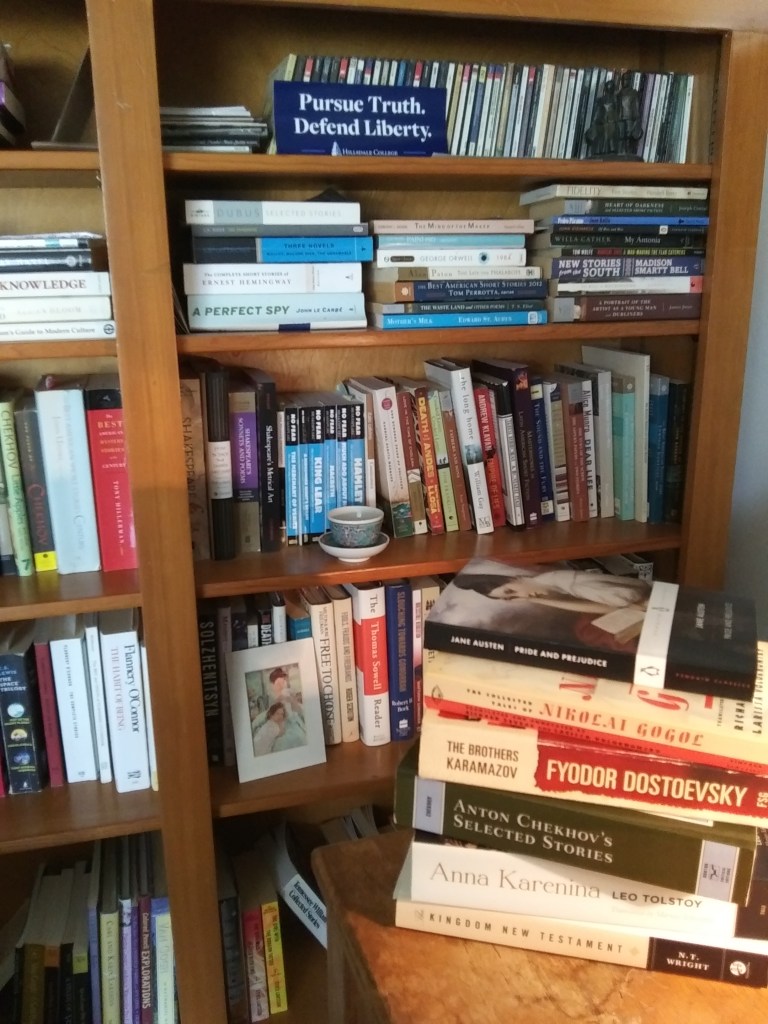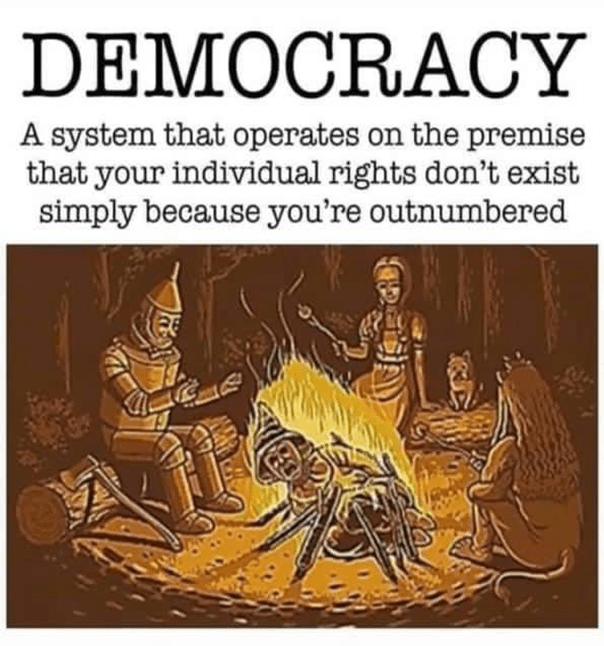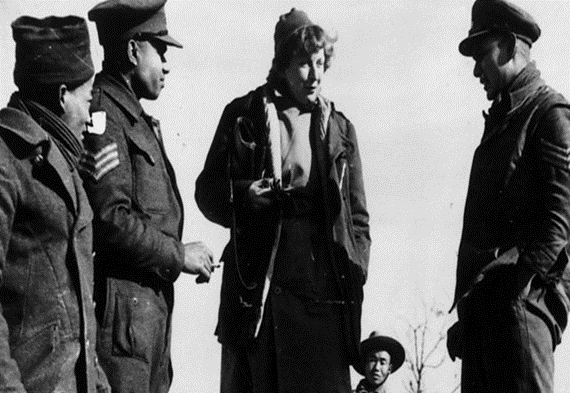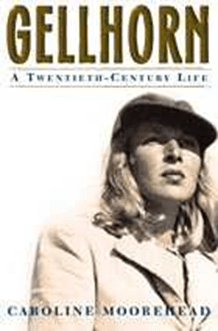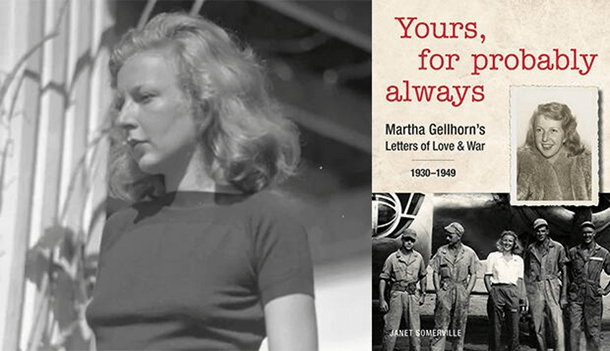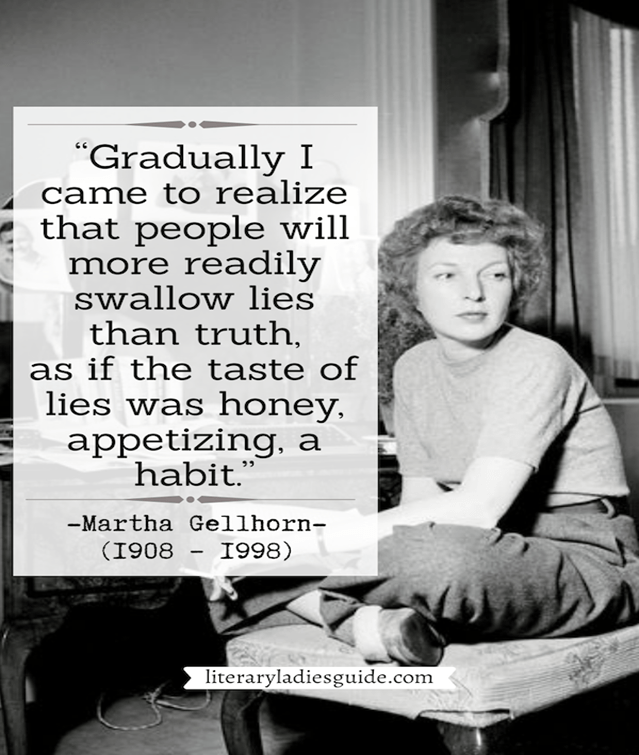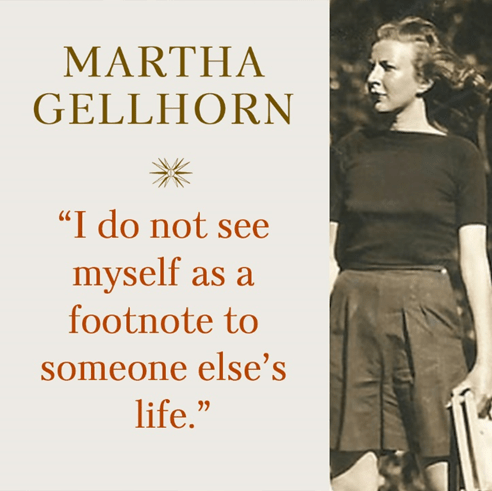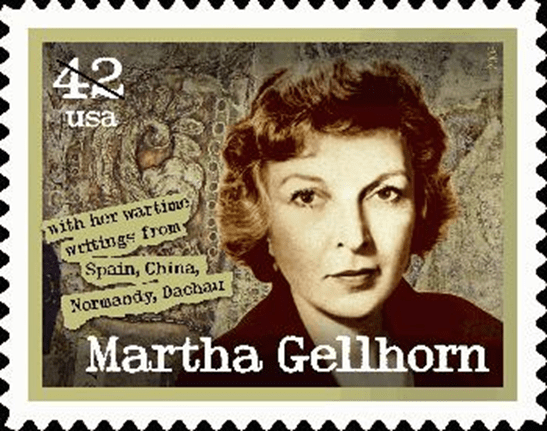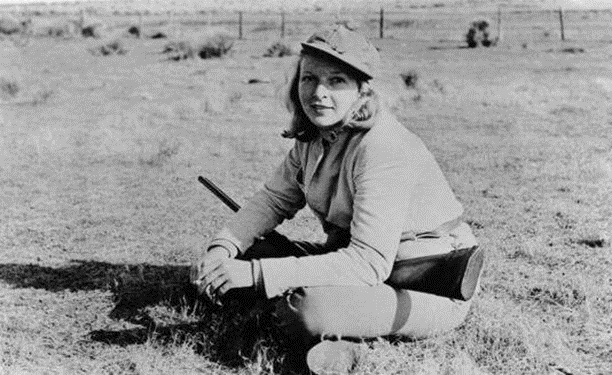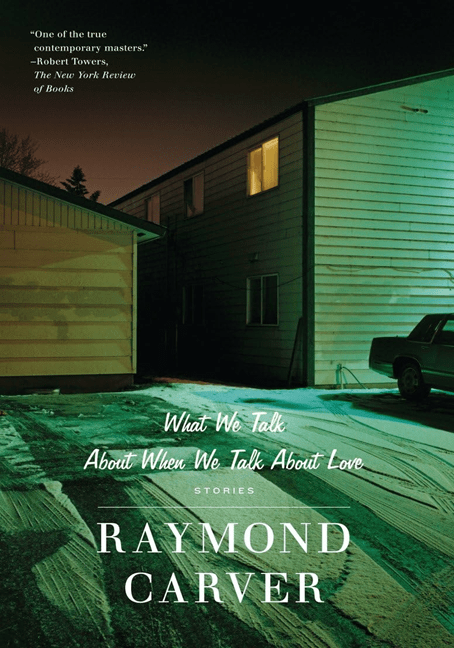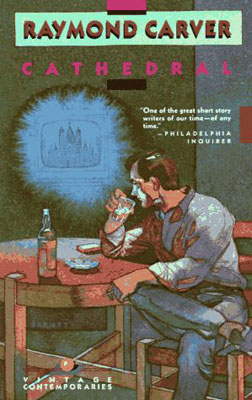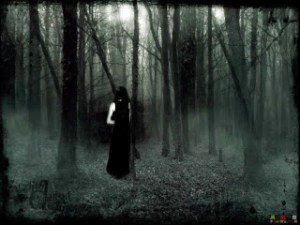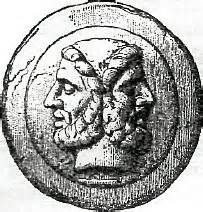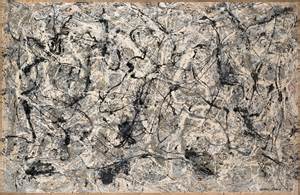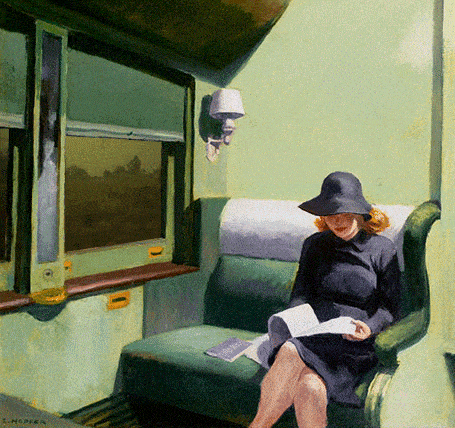What Remains?
May 12, 2024 Leave a comment
Watching protesting students align themselves with the terrorist group Hamas and their Palestinian pawns, one wonders what legacy they are building for themselves. Are they – the combine of victim-oppressor social justice warriors – really acting for the greater good with their pro-Hamas and antisemitic chants? Whose interests are they serving? Will they later regret their actions and associations, or will their self-deception and moral distortion continue on the rest of their lives?
Looking back over one’s life work, one’s ruling passion, and reconciling that with what one’s dedicated service contributed to forms the basis of two of Kazuo Ishiguro’s novels: An Artist of the Floating World and The Remains of the Day.
Two men – a Japanese artist in the first novel and an English butler in the second – aspired to reach the highest level in their professions. Both men were attuned to honor and dignity. Both men wanted to attach themselves to a greater worldly-good. But their singular focus, their self-constrained temporal bandwidth, shut out all else until later in life (the time period in the novels). They come to see that what they gave their singleness of mind and efforts to turned out to be not just heartbreaking and reputation damaging but devastating to the greater good.
Both men come across as guarded in their retelling of events and observations in diary-like fashion, as if they didn’t want to be too harsh on themselves. By their unreliable narration we wonder if there’s more under the surface. As things come to the fore, we learn there is a tension between how each saw the world and how the world really was. And this becomes cause for a conflicted life and one of guilt, deflection, and regret about past myopia and former associations.
Each man talks as if “you” were like them – as someone living in the same neighborhood in post-war Japan and as a butler in England. The world doesn’t extend beyond their interests. There are those – daughters, an old friend, a journalist, a housemaid, local towns folk -who try to draw them out.
The artist Masuji Ono’s narration occurs after the end of WWII in 1945 (Oct. 1948 June 1950), when Japan is rebuilding her cities after defeat. We learn that Ono is a retired printmaker who lost his wife Michiko and son Kenji during the war. His beautiful home was seriously damaged by the war as was his reputation.
The elderly Ono spends his time gardening, working on the house, with his visiting daughters and his grandson and going out at night to drink in a quiet lantern-lit bar, a remnant of the pleasure district – the “floating world” of pleasure, entertainment and drink that had at one time given him much pleasure. It’s where he escapes from his dark past.
Ono recalls his early printmaking days and his rise to be a master printmaker surrounded by adoring students in the bar. We learn of his desire to go beyond just making beautiful art. He wanted to serve a higher purpose. We come to learn of Ono’s dark past – his direct involvement in Imperialist Japan’s military rise and his work as a government propagandist.
Ono reassesses events from his past throughout the novel. He reconsiders his role in those events and his guilt. His reputation proceeds him as he enters into marriage negotiations for his daughter Noriko. He also assesses how Japan is changing since the war. He questions some of the change:
“Something has changed in the character of the younger generation in a way I do not fully understand, and certain aspects of this change are undeniably disturbing.”
“Democracy is a fine thing. But that doesn’t mean citizens have a right to run riot whenever they disagree with something.”
Does Ono admit he was wrong to be a propagandist in the deadliest military conflict in history? Does he come to terms with the mistakes he made in the course of his life? Does he attain satisfaction and dignity when all is said and done?
~~
Mr. Stevens’ narration occurs during a six-day road trip in the summer of 1956. He goes to visit Mrs. Benn, nee Kenton, in the sea-side town of Weymouth, England. During this time, he reminisces about his days as head butler at Darlington Hall after WWI and leading up to WWII.
Mr. Stevens is a prim and proper Jeeves-like butler who speaks in a measured and precise way. He values professionalism and dignity above all else.
“The great butlers are great by virtue of their ability to inhabit their professional role and inhabit it to the utmost . . . They wear their professionalism as a decent gentleman will wear his suit. . . It is, as I say, a matter of “dignity.”
Mr. Stevens’ devotion and dedicated service is focused on a man he holds in high esteem: Lord Darlington. “A gentleman through and through” and “I for one will never doubt that a desire to see “justice in this world” lay at the heart of all his actions” and “All those years I served him, I trusted I was doing something worthwhile” says Stevens.
High level meetings are held at Darlington Hall after WWI. Lord Darlington lobbies leaders from England, France and America to go financially easy on Germany.
Lord Darlington, an old-fashioned English gentleman, is much like Mr. Stevens. He can’t imagine a world different from his own. He never understands the true agenda of the Nazis even as the fascists he invites to Darlington Hall seek to turn him against the Jews. Lord Darlington, “A gentleman through and through”, becomes an appeaser and Nazi sympathizer in the name of honor, fairness, friendship, and gentlemanly conduct.
The devoted Stevens views Lord Darlington as a man who had good intentions but was led astray by manipulative diplomats. “I for one will never doubt that a desire to see ‘justice in this world’ lay at the heart of all his actions.”
The devoted Stevens goes with the flow:
“How can one possibly be held to blame in any sense because, say, the passage of time has shown that Lord Darlington’s efforts were misguided, even foolish? Throughout the years I served him, it was he and he alone who weighed up evidence and judged it best to proceed in the way he did, while I simply confined myself, quite properly, to affairs within my own professional realm. And as far as I am concerned, I carried out my duties to the best of my abilities, indeed to a standard which many may consider ‘first rate’.”
The devoted Stevens extrapolates his efforts:
“A ‘great’ butler can only be, surely, one who can point to his years of service and say that he has applied his talents to serving a great gentleman – and through the latter, to serving humanity.”
Miss Kenton, the lead housemaid at Darlington Hall, is like Stevens. She takes great pride in her work. But unlike Stevens, she has emotional latitude and an independent streak. She is intelligent, headstrong, and stubborn. She disagrees not only with Stevens at time but also with the decisions made by Lord Darlington.
Though she finds Mr. Steven infuriating – “Why, Mr. Stevens, why, why, why do you always have to pretend?” – it gradually becomes clear that Miss Kenton is in love with him. But after many years, she leaves Darlington Hall. Frustrated at Mr. Stevens’ buttoned up emotional state and lack of response Miss Kenton goes off with Mr. Benn, a footman of the house.
Years later, Stevens receives a letter from Miss Kenton. He reads it over and over believing that she might return to her post at Darlington Hall under a new owner. The letter indicates that her marriage to Mr. Benn might not be working out. Stevens’ hopes are up but well-regulated.
His new employer, a wealthy American named Mr. Farraday, tells Stevens to take some time off. He offers Stevens his car for a road trip. And off Stevens goes to see Miss Kenton.
On his way, Stevens comes into contact with several working-class characters. They challenge Stevens’ ideas about dignity. One man opines that dignity is about democracy and standing up for one’s beliefs – in other words, being attentive to what’s going on in the world and being outspoken. This, of course, is in contrast to Stevens’ conception of dignity as being about suppressing one’s own feelings in pursuit of professionalism.
What happens when Stevens reaches Weymouth and meets Mrs. Benn?
What does hindsight look like to Stevens? Does it look like not worrying oneself too much about what one could or could not have done to control the course one’s life took? Does it look like a simple butler trying to make a small contribution count for something true and worthy and sacrificing much in life in order to pursue such aspirations, that in itself, whatever the outcome, is cause for pride and contentment?
Does Stevens, as he reflects on things at the end of the day, realize the mistake he made in his lockstep devotion to Lord Darlington? Does he take the blinders off? And, does he understand the effects of his obsessive devotion to professionalism and dignity on his personal life?
Stevens gives his thoughts on the latter to a man sitting next to him on the pier as they watch the sun going down and the pier lights come on:
“The fact is, of course,’ I said after a while, ‘I gave my best to Lord Darlington. I gave him the very best I had to give, and now – well – I find I do not have a great deal more left to give.”
I return to my opening questions. Whose interests were they serving? Will they later regret their actions and associations or does willful blindness and self-deception remain?
“There was surely nothing to indicate at the time that such evidently small incidents would render whole dreams forever irredeemable.”
― Kazuo Ishiguro, The Remains of the Day
~~~~~
This post wasn’t meant to provide a complete summary of Kazuo Ishiguro’s two novels. There is a whole lot going on in each that I haven’t touched on. They are very well written human-interest stories. The Remains of the Day won The Booker Prize.
Rather, I saw parallels between the decisions youth are making today, with all ardor, for deadly causes and the experiences and feelings of the artist Masuji Ono and the butler Stevens.
I’ve read both novels. I saw the Remains of the Day before reading the book. This Merchant Ivory film is one of my favorites (There is no murder and mayhem, no car chases, no heavy breathing, no queer theory or CRT, and no Disney twaddle.)
The cast is top-notch. I recommend reading the book before viewing the movie and listening to the podcast below (spoiler alert!).
The movie, of course, is edited way down to try and give the essence of Ishiguro’s novel. But reading the text first will provide the depth and richness of the characters and much more detail of their situations.


